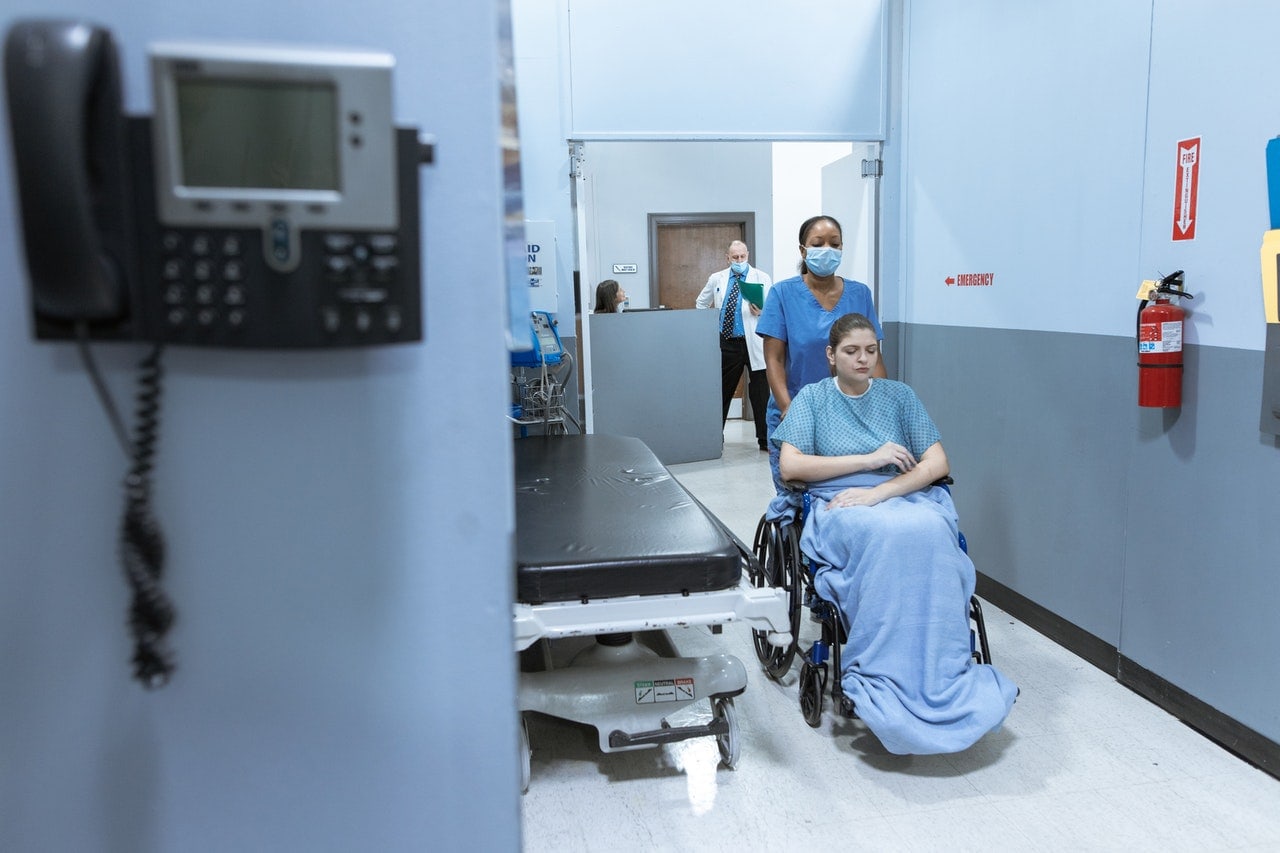Flavored vaping can lead to lung damage, especially when it comes to the diagnosis of EVALI, a lung injury caused by vaping that isn’t yet entirely understood. When it comes to flavored vaping products, people usually use additives to create taste. The additives are mostly used in food, and no one has ever tested what burning or vaporizing them does. New information is coming out. However, that leads to some startling conclusions.
Younger People Getting EVALI and Lung Injuries
As of February 2020, there have been 2758 EVALI hospitalizations in the US and 64 deaths. Over 50% of the people afflicted were under the age of 25. In the past few years, people who have been presenting at emergency rooms with EVALI have usually admitted to vaping either tobacco or marijuana.
Three teenagers recently admitted to the Emergency Room at UC Davis trouble breathing but did not have COVID. They were all diagnosed with product use-associated lung injury (EVALI). While no evidence flavored vaping caused their specific lung damage, young people are more susceptible to the marketing and candy-colored packaging. The FDA danced around the topic of outlawing flavored vaping products for years. It hasn’t happened yet, and only a few cities and counties have done it on their own.
COVID-19 and EVALI have similar symptoms, including cough, fever, stomach upset, and nausea. Researchers want doctors to always consider a vaping history in young people who present with the symptoms of COVID. If they have vaped recently, EVALI may be the diagnosis.
Flavored Products Cause Damage Even Without Nicotine
Another study conducted at the University of Adelaide School of Medicine in Australia discovered that flavoring chemicals of e-cigarette vapor alone affect the lungs measurably, even in products devoid of nicotine.
Certain flavors such as chocolate and banana seemed to have the potential to create the most damage. The toxins damage the immune cells, and the lungs become almost incapable of clearing bacteria, making them susceptible to disease. This is how many of the EVALI cases may have worked.



Leave A Comment
You must be logged in to post a comment.